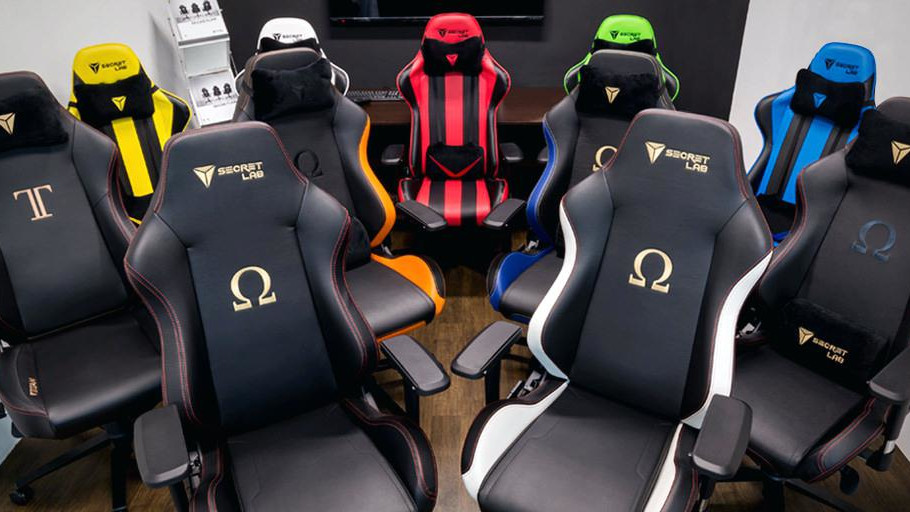AMD's FidelityFX Super Resolution 2.0 really looks better than native 4K in Deathloop
And it offers a chunk more frames per second.

The future of PC performance is upscalers. That's what I said last December, even before AMD released its FidelityFX Super Resolution 2.0 (FSR 2.0), but it's doubly true today. Deathloop is the first game to update with support for AMD's new temporal upscaling tech, and as first impressions go it's mighty good.
AMD claimed "similar or better than native image quality" from FSR 2.0 during its initial announcement of the technology, and that relies on a multitude of upgrades to the underlying algorithm. The largest is a switch to a temporal algorithm, rather than a spatial one, which uses information from frames throughout time to generate an improved image quality.
There are also a heap of other improvements with the second iteration of FSR 2.0, many of which are optimisations for AMD's RX 6000-series GPUs using the RDNA 2 architecture. Though FSR 2.0, like the first generation, remains hardware agnostic and will run on most modern graphics cards.
All of which sounds great, but does FSR 2.0 live up to AMD's claims? I've had a few days with a preview build of Deathloop with the latest patch ready to go, and have tested it with an RX 6800 to put its best foot forward, and the visual improvement is immense.
While FSR 2.0 might not be an exact match for running the game at your monitor's native resolution, I'd argue it's the preferred option. That's the case in Deathloop, at the very least—the game will likely have received the lion's share of optimisation and aid from AMD in order to get FSR 2.0 working as intended for its big reveal, so you'd expect it to be well implemented. That means future FSR 2.0 capable games, some of which have been announced, may play differently with the technology, but I'm hopeful for similar results.
There are a great many differences between a native resolution frame and an FSR 2.0 upscaled one in Deathloop, but arguably the upscaled frame has greater clarity and is the more impressive of the two. I'd say that ultimately comes down to the sharpness of the image. Granted, I'm running FSR 2.0 with the sharpness option turned up to 10, but there are very few instances where the upscaling algorithm's shortcomings are at all noticeable in the final frame.

Deathloop rendered at a native 4K.

Deathloop with FSR 2.0 in Quality mode.

Deathloop with FSR 1.0 in Quality mode.
There are a few cases where a thin object, such as the metal bars running between the 'LOOP' sign in the above screenshot, where the sharpness of the FSR 2.0 image appears a little overly generous. AMD actually did implement a lock to keep pixel-thin objects from flickering or disappearing, and there's very little of that noticeable in a moving frame, but when you look at a screenshot you do notice the sharpening on these thin objects in the FSR 2.0 frame.
Keep up to date with the most important stories and the best deals, as picked by the PC Gamer team.
Arguably the upscaled frame has greater clarity.
It's tough to show FSR 2.0 in motion well over the internet, and if you own Deathloop I highly recommend you try it out for yourself to experience it first-hand. In motion, it's extremely tough to tell the difference between the upscaled frame and the native one, even at 4K.
What you do notice immediately is the bump in frames per second, however. Running at a native 4K, our benchmark runs averaged around 47 fps at 'Ultra' settings, with 0.1% lows of around 38 fps. With FSR 2.0 enabled, I was enjoying a much smoother 63 fps, with 0.1% lows of 49. That's an improvement of 34% with no majorly noticeable visual degradation. I mean, that's absolutely wild, right?
Granted, FSR 1.0 also offers a 28% improvement in frame rates over native 4K performance, but AMD's improvements with FSR 2.0 are definitely working to its benefit on an RDNA 2 GPU.

For the purposes of testing, I used FSR 1.0 and 2.0 at their highest fidelity setting: Ultra Quality in FSR 1.0 and Quality in FSR 2.0.
For a technology that's ultimately not even celebrated its first birthday—FSR 1.0 came out in June 2021—FSR 2.0 is a very agreeable upgrade. At this point, we're talking about upscaling technologies from both major GPU manufacturers that deliver a boost to performance akin to some generational leaps in graphics card architectures.

Best chair for gaming: the top gaming chairs around
Best gaming desk: the ultimate PC podiums
Best PC controller: sit back, relax, and get your game on
Which upscaling technology, FSR or DLSS, is best will require more testing and analysis, but when one offers a hardware-agnostic option in some games, and the other a more proprietary option in others, it feels it's down to gamers to pick and choose which looks best to them. And that's really the way it should be.
I don't know about you, but this windfall of free frames goes down a treat after 18 months or so of barren shelves in the GPU crisis. Admittedly, this is only a glimpse of what FSR 2.0 will be like, but my fingers and toes are crossed that it is coded into as many games as possible, as quickly as possible, and runs just as well as it does in Deathloop.

Jacob earned his first byline writing for his own tech blog. From there, he graduated to professionally breaking things as hardware writer at PCGamesN, and would go on to run the team as hardware editor. He joined PC Gamer's top staff as senior hardware editor before becoming managing editor of the hardware team, and you'll now find him reporting on the latest developments in the technology and gaming industries and testing the newest PC components.

